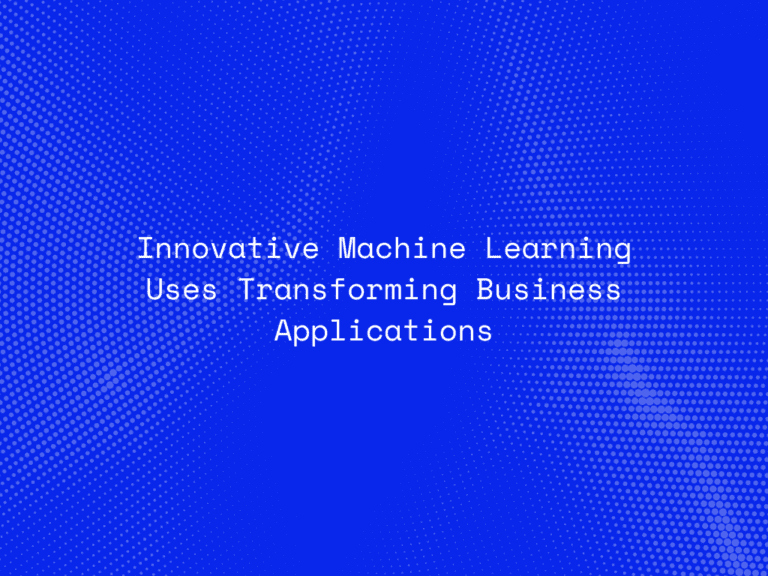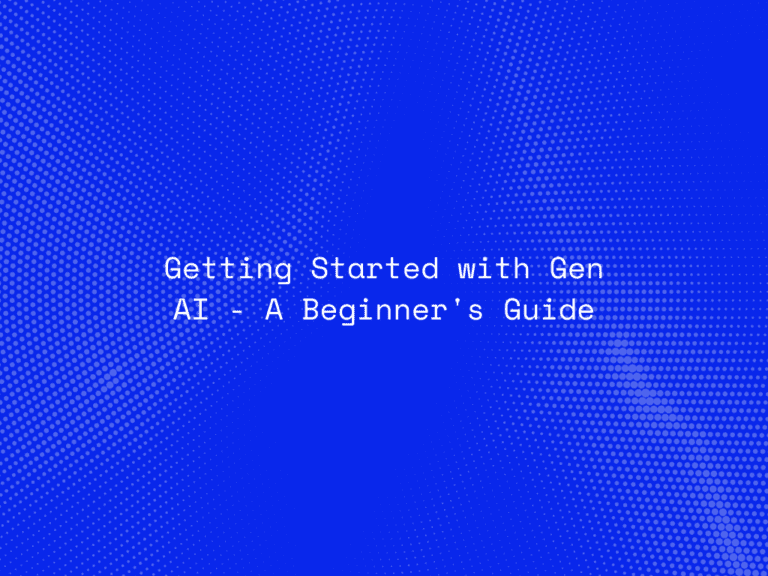Artificial intelligence has come a long way, moving beyond automation to a new frontier where machines and humans collaborate. This concept, known as hybrid intelligence, emphasizes the strengths of both parties—machines with their speed, scale, and analytical capacity, and humans with their empathy, creativity, and ethical judgment. The result is not competition but cooperation, where humans and AI work hand in hand to solve problems that neither could tackle alone.
Defining Hybrid Intelligence
Hybrid intelligence refers to the fusion of human cognitive abilities and machine intelligence. Unlike traditional AI, which often aims to automate tasks entirely, hybrid intelligence is built on partnership. It seeks to augment human decision-making by combining contextual knowledge and ethical reasoning with AI’s computational efficiency and predictive power.
In essence, hybrid intelligence acknowledges that while machines can crunch numbers faster, only humans can interpret meaning, apply moral frameworks, and innovate in unpredictable scenarios.
Why Hybrid Intelligence is Essential Today
The complexity of modern challenges—climate change, global health crises, financial instability, and cybersecurity threats—requires both computational power and human wisdom. AI models can scan terabytes of data in seconds, but they cannot fully grasp the nuance of cultural, ethical, or emotional factors. Humans, meanwhile, excel at creative problem-solving and contextual judgment but struggle with large-scale analysis.
Hybrid intelligence merges these strengths, leading to decisions that are not only data-driven but also contextually sound and socially responsible.
Real-World Applications of Hybrid Intelligence
Healthcare
AI algorithms can detect anomalies in medical images far faster than radiologists, yet they may misinterpret rare conditions without human input. In a hybrid approach, AI highlights potential risks while doctors validate diagnoses, ensuring precision and empathy in treatment. For example, IBM Watson has assisted oncologists in analyzing cancer cases, but it is always paired with human oversight to ensure safe outcomes.
Finance
Banks and financial institutions deploy AI to detect fraud by spotting unusual transaction patterns at scale. However, human analysts intervene to review flagged cases, preventing unnecessary disruption for legitimate customers. Hybrid intelligence ensures both security and customer trust.
Education
AI platforms like Duolingo personalize lessons by analyzing learner progress. But teachers play an irreplaceable role in motivating students, addressing emotional needs, and providing deeper conceptual clarity. Together, AI and educators create a more engaging, effective learning environment.
Creative Industries
Artists and designers increasingly use generative AI tools to brainstorm new ideas or prototype quickly. Yet the final product often requires human imagination, cultural awareness, and aesthetic judgment. Hybrid intelligence in creative fields is not about machines replacing artists but about expanding the creative toolkit.
Challenges of Hybrid Intelligence
Despite its promise, hybrid intelligence faces significant hurdles:
-
Trust and Transparency: Humans must be able to trust AI systems, which requires explainability in how AI reaches its conclusions.
-
Bias and Ethics: AI models trained on biased data can amplify discrimination. Human oversight is crucial to identify and mitigate these risks.
-
Skill Gaps: Not all professionals are trained to work effectively with AI systems. Organizations must invest in reskilling to ensure smooth collaboration.
-
Responsibility and Accountability: When errors occur, organizations need clear frameworks to determine whether responsibility lies with the human or the machine.
The Future of Hybrid Intelligence
Looking ahead, hybrid intelligence will likely become the dominant paradigm of AI integration. Instead of replacing jobs, it will redefine roles. Humans will increasingly focus on higher-order tasks—strategic thinking, ethical judgment, empathy-driven interaction—while delegating repetitive or large-scale computational work to AI.
Moreover, hybrid intelligence fosters mutual learning:
-
AI improves through human feedback, becoming more accurate and context-aware.
-
Humans grow by leveraging AI insights, expanding their capabilities and efficiency.
This cycle of collaboration will shape industries, leading to smarter businesses, safer healthcare, more secure financial systems, and more creative societies.
Conclusion
Hybrid intelligence is more than a technological trend—it represents a philosophy of collaboration over competition between humans and machines. By blending computational power with human values, we can achieve outcomes that are both efficient and ethical. As industries embrace this model, the future of AI will not be about replacing people, but about empowering them to achieve more than ever before.




